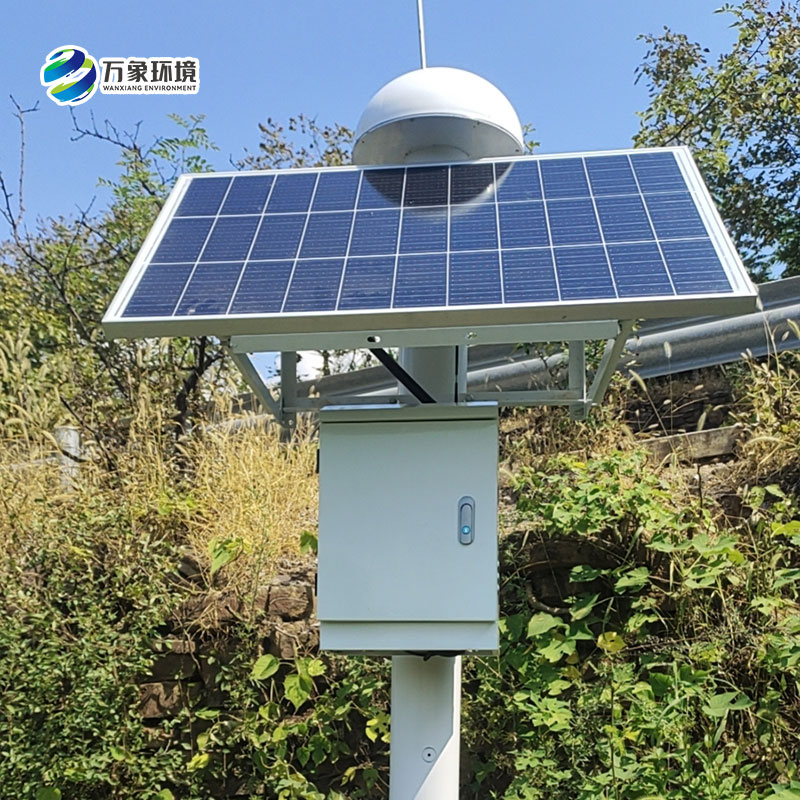In the face of the forces of nature, man has always seemed small and resilient. Geological disasters, such as landslide, debris flow, land subsidence, etc., bring great threat to people's life and property safety with their sudden and destructive. However, with the help of science and technology, we are no longer completely passive response, GNSS (Global Navigation Satellite System) displacement monitoring stations, as the "spearhead" of geological disaster prevention, are providing strong support for disaster prevention and reduction with their high-precision and real-time monitoring capabilities.
The WX-WY1 GNSS displacement monitoring station, using global satellite positioning technology, is able to achieve millimeter-level monitoring of small surface displacement. They are like pairs of keen eyes, constantly watching the earth for 24 hours, catching the subtle changes that are difficult to detect with the naked eye. Whether it is the slow displacement before the landslide or the gradual process of land subsidence, it cannot escape the "fire eye" of the GNSS monitoring station.
The traditional geological disaster warning means often rely on experience judgment and field survey, which has lag and uncertainty. The application of GNSS displacement monitoring station greatly improves the accuracy and timeliness of early warning. Through the collection and analysis of real-time monitoring data, the system can find potential risk areas in time, and predict the possibility and scale of disasters, providing valuable decision-making basis for relevant departments.
At the same time, combined with advanced technologies such as the Internet of Things and big data, GNSS displacement monitoring stations can also realize the integration and sharing of multi-source data, and build a more comprehensive and intelligent geological disaster monitoring and warning system. This not only improves the accuracy of early warning, but also enhances the speed and efficiency of emergency response, and buys valuable time for disaster prevention and mitigation.

Article address:
http://www.qxhjjc.com/en/newcen/1224.html


















 Home
Home phone
phone Product Overview
Product Overview Contact Us
Contact Us